Musée Folklorique de Cheongsong (청송민속박물관)
18.1Km 2021-02-26
222, Juwangsan-ro, Cheongsong-eup, Cheongsong-gun, Gyeongsangbuk-do
+82-54-874-9321
Situé dans le Parc National de Juwangsan (à Cheongsong, Gyeongsangbuk-do), le Musée de Cheongsong fut ouvert en 1999 afin de promouvoir l’Histoire et la culture du comté et de sa région proche.Le musée de trois étages propose des salles d’expositions intérieures et extérieures ainsi que des salles d’archives. La Salle d’Expositions Intérieure présente du matériel d’éducation lié à l’agriculture et aux coutumes de Cheongsong. Des expos –telles que « La Chambre d’Hôtes Traditionnelle », « La Salle de Tissage », « Les Objets de la Vie Quotidienne », et « La Porcelaine de Cheongsong »- proposent des aperçus du mode de vie des habitants d’autrefois.
La Salle d’Expositions Extérieure reproduit quant à elle une taverne traditionnelle, une Mulle banga (roue à eau), une Yeonja banga (meule animée par la traction de chevaux ou boeufs), un Josan (monument pour éloigner le mauvais sort et protéger la prospérité) ainsi que des Seondeol (pierres naturelles utilisées pour des pratiques religieuses). Tout cela vous permet de découvrir la vie agricole du passé. Des totems traditionnels (appelés Jangseung ou Sotdae) vous attendent à l’entrée du musée.
Les horaires pour les expositions sont de 9h à 18h (17h en hiver). Le musée est aussi entouré par de nombreuses attractions touristiques : Wangbeodeul (grand saule désigné Monument Naturel numéro 297) à Bugok-dong, les Chutes Dalgi, la Rivière Cheongun et le Terrain de Campin Estudiantin de Songsaeng-ri.
Lac Andong-ho (안동호)
18.2Km 2021-03-05
Gyeongsangbuk-do, Andong-si, Hopan-ro
054-856-3013
Le lac Andongho est connu comme un site de qualité pour la pêche et la villégiature, créé par la main de l'Homme en amont du fleuve Nakdonggang. Le site est aussi réputé pour le barrage Andong, le second plus large barrage de Corée.
Le site est aussi une étape prisée concernant le tourisme à Andong avec l'académie confucéenne Dosanseowon et le village Hahoe Andong.
Pont Woryeonggyo (월영교)
18.2Km 2024-10-25
Sanga-dong, Andong-si, Gyeongsangbuk-do
+82-54-821-0649
Le pont Woryeonggyo est un pont sur la rivière Nakdonggang. Au milieu du pont se trouve le pavillon Woryeongjeong qui permet aux promeneurs de profiter d’un moment paisible en appréciant la beauté de la nature qui l'entourent. Le pont a été créé pour rendre hommage à l'amour pur et émouvant d'un couple marié, Lee Eung-tae et sa femme, qui habitait dans cette région. Selon la légende, la femme a fabriqué une paire de mituri (sandales de paille) avec ses cheveux pour son défunt mari. En commémoration de leur amour, le pont a été conçu dans le style des mituri.
Maison principale de la famille Lee de Goseong, branche Tapdong (법흥동 고성이씨탑동파종택)
18.2Km 2021-04-09
9-2, Beopheung-dong, Andong-si, Gyeongsangbuk-do
+82-54-840-5225
Construite en 1695 pour la famille Lee de Goseong, branche Tapdong, cette maison est toujours habitée par les aînés de cette famille. Elle est caractéristique d’une maison de yangban, noble de la dynastie Joseon.
Plusieurs bâtiments ont été ensuite construits et agrandis. Parmi eux, le pavillon Bukjeong a été élevé en 1775. On dit que Beopheungsa, vieux temple de l’ère Shilla se trouvait à cet endroit. La pagode à sept étages Shinsedong élevée devant la maison est son vestige.
Pagode de briques à sept étages Shinsedong (안동 법흥사지 칠층전탑)
18.2Km 2021-07-13
8-1, Beopheung-dong, Andong-si, Gyeongsangbuk-do
+82-54-840-5225
Déclarée trésor national n° 16, cette pagode est la construction en briques la plus grande et la plus ancienne de toute la Corée du sud. Elle mesure 16,8 mètres de haut et 7,75 mètres de large.
Etant donné que le village où elle se trouve s’appelle Beopheung-ri, on suppose qu’elle faisait partie du temple Beopheung qui a été construit au huitième siècle durant l’ère de Tongil Shilla. Mais à part cette pagode, il ne reste aucun monument. A l’endroit de ce temple se trouve actuellement la maison principale de la famille Lee de Goseong, branche Tapdong.
La partie supérieure de la pagode a disparu, mais sur la partie inférieure ont été gravées de belles représentations de dieux tutélaires du bouddhisme. Il reste des traces de joints de tuiles sur la partie supérieure du toit de chaque étage. Selon « Yeonggaji », (livre historique sur la région Andong achevé en 1608), les modifications y ont été effectuées en 1847 et il restait trois bâtiments à l’époque.
Cette pagode se situe près de la maison principale de la famille Lee de Goseong, branche Tapdong et du pavillon Andong Imcheonggak. Il vous est donc conseillé de visiter ces trois monuments ensemble.
Si vous prenez le bus ou le taxi, descendez devant le passage souterrain Beopheung et empruntez-le. Vous verrez la pagode sur votre gauche. La maison de la famille Lee de Goseong se trouve juste devant cette pagode. Puis, en vous mettant face à la maison, prenez le chemin à gauche et marchez 3 minutes. Vous serez devant le pavillon.
Imcheonggak à Andong (안동 임청각)
18.3Km 2021-12-22
63, Imcheonggak-gil, Andong-si, Gyeongsangbuk-do
+82-54-859-0025
Ce pavillon est annexé à une maison construite au milieu de la dynastie Joseon (1392~1910) par un Yangban (noble de cette dynastie) appréciant beaucoup le paysage de cet endroit. Le bâtiment le plus connu de la maison est le pavillon Kunjajeong. Ayant échappé aux flammes lors des deux invasions japonaises qui ont eu lieu entre 1592 et 1598, ce pavillon a été déclaré par l’Etat coréen trésor nº 182 en 1963.
La plaque placée sous le toit et au-dessus de la porte a été écrite par Lee Hwang (1501~1570), un des grands savants confucianistes coréens.
Heotjesabap Kkachi Gunmeongjip (헛제사밥까치구멍집 )
18.4Km 2024-11-29
203, Seokju-ro, Andong-si, Gyeongsangbuk-do
+82-54-821-1056
Heotjesabap Kkachi Gumeongjip is a popular restaurant located in Andong, serving yangbansang (yangban table set) fit for the aristocracy. The restaurant interior design features a traditional hanok floor, bringing the aristocratic feeling to life. One of the most popular dishes is hoetjesabap (Andong-style bibimbap). Heotjesabap coloring is not vibrant, but the dish is flavorful, with vegetables and jeon (savory pancakes) piled atop rice. The restaurant, with traditional tiles and designs, producing a feel of gentle harmony and overall traditional beauty coupled with a modern feel.
Parc des canaux de Nakgang (낙강물길공원)
18.5Km 2023-01-18
423, Sanga-dong, Andong-si, Gyeongsangbuk-do
Le parc des canaux de Nagano, surnommé le « Giverny de Corée », est également connu sous le nom de « forêt secrète d'Andong ». Le lieu est avant tout réputé comme lieu pour le pique-nique en bordure de lac.
Le lieu est aussi une invitation aux prises de photos souvenirs à l'image d'une peinture impressionniste. Le lieu est aussi réputé pour le pavillon Andongru, endroit depuis lequel on peut appercevoir le barrage d'Andong.
Parc Grasswon (그라스원)
18.7Km 2023-07-10
273, Yuksa-ro, Andong-si, Gyeongsangbuk-do
Le parc Grasswon se situe sur les bords du fleuve Nakdonggang dans la ville de Andong. Le site, réputé pour son pont Yeonggadaegyo, propose des sentiers de promenade dans une belle nature. Le site est particulièrement réputé en automne. Il est possible de rejoindre le parc Baekjo depuis les lieux faisant de l'endroit un endroit recommandé pour découvrir le fleuve Nakdonggang.
Festival international de la danse des masques de Andong (안동국제탈춤페스티벌)
18.9Km 2025-09-23
239, Yuksa-ro, Andong-si, Gyeongsangbuk-do
- Centre d'appels 1330 : +82-54-1330 (coréen, anglais, japonais, chinois)
- Pour obtenir plus d'info : +82-54-841-6397~8 / +82-54-840-6398 (coréen)
Le Festival international de danse des masques d’Andong est un événement dédié au masque et à la danse masquée, éléments universels de la culture mondiale, visant à transmettre leur valeur universelle et à en partager l’attrait. Outre les danses masquées coréennes inscrites au patrimoine culturel immatériel de l’humanité de l’UNESCO, le festival rassemble les représentations de 34 troupes issues de 25 pays, offrant ainsi l’occasion unique de découvrir la diversité des danses masquées à travers le monde. Au programme figurent des spectacles sur scène, des parades urbaines, ainsi qu’un concours international de danses masquées. Les visiteurs pourront y apprécier la richesse des expressions et des récits que chaque culture transmet à travers ses masques et ses danses.
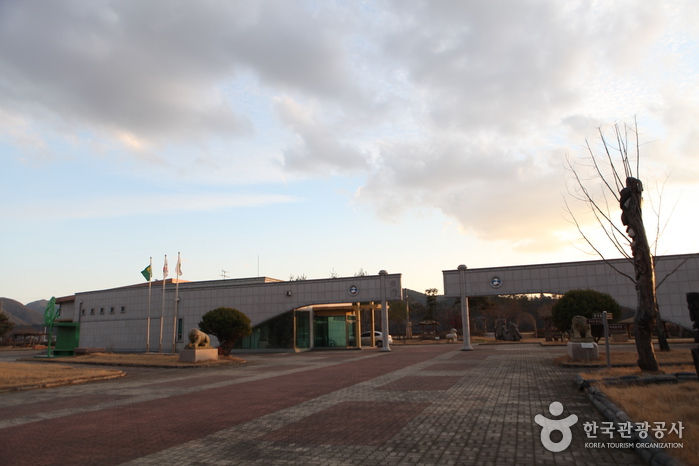
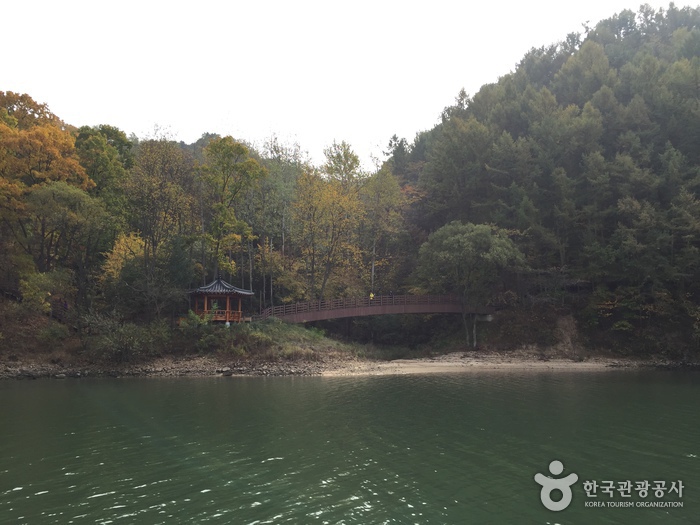

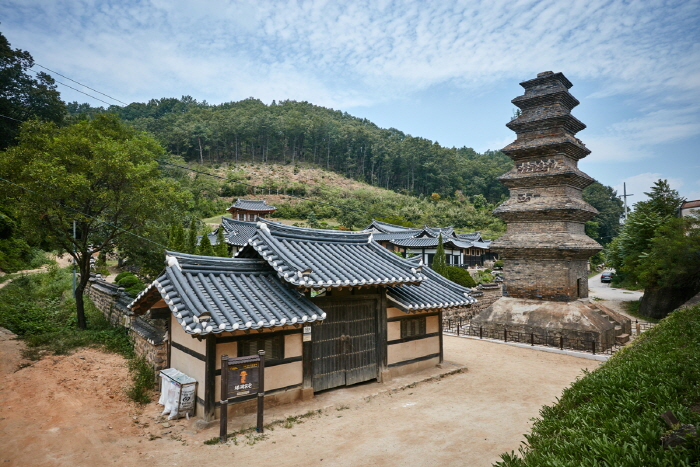
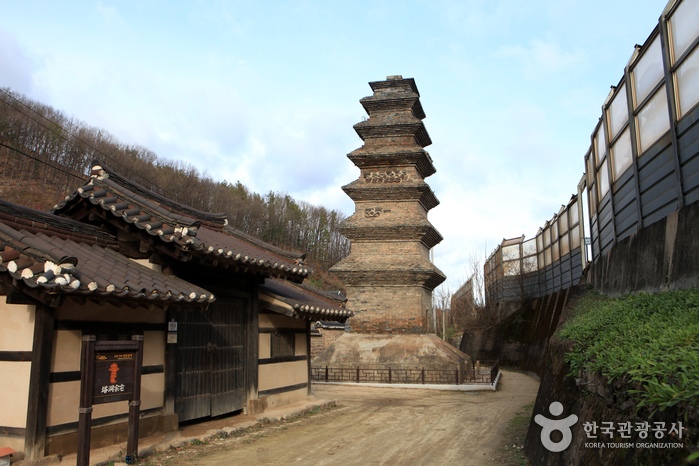
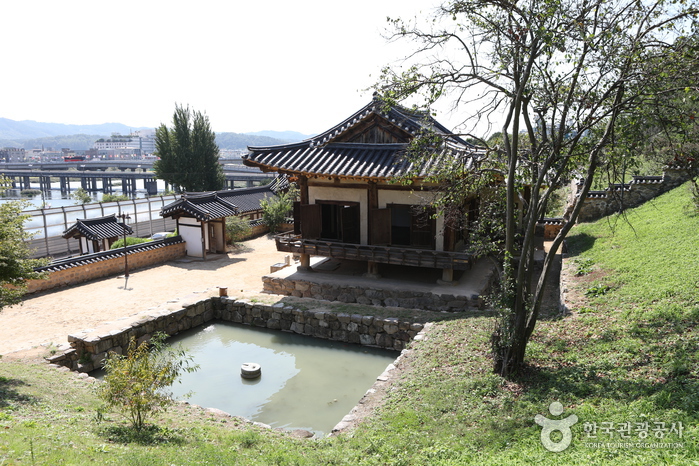
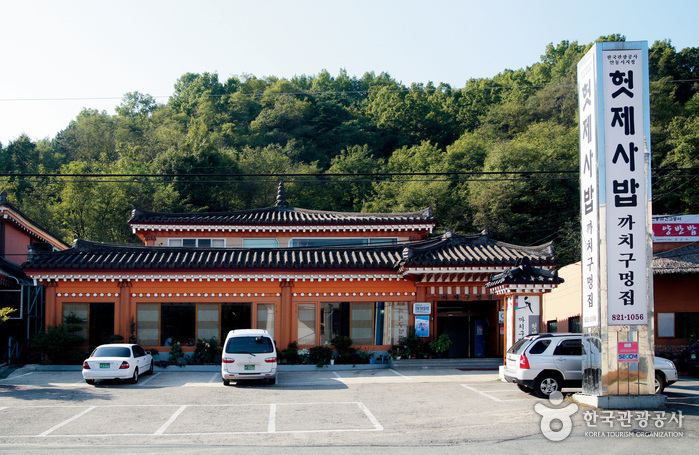
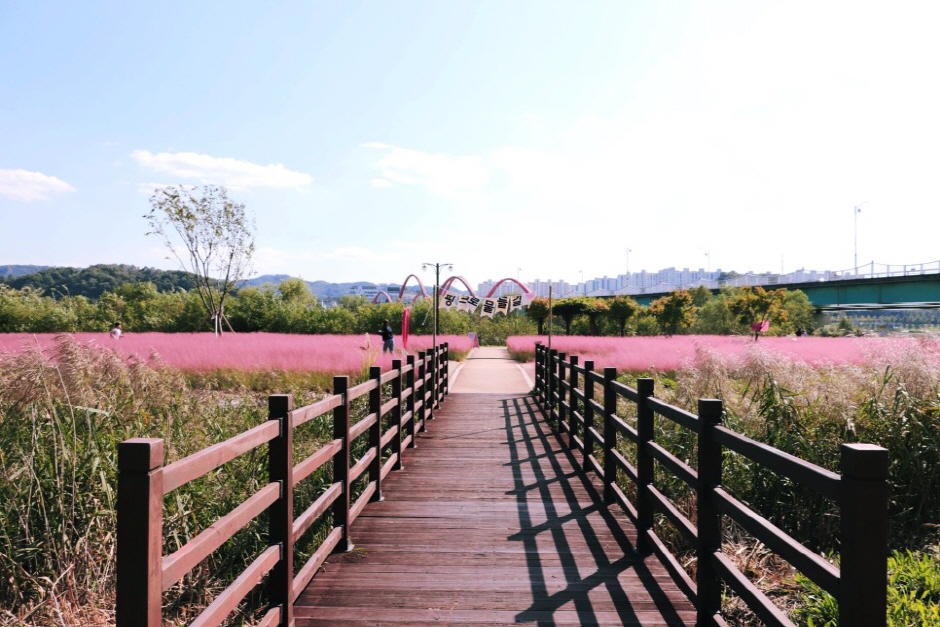

 Français
Français
 한국어
한국어 English
English 日本語
日本語 中文(简体)
中文(简体) Deutsch
Deutsch Español
Español Русский
Русский